Originally a Roman temple, later a Visigoth church, the site became a shared place of worship when the Moors took Andalusia in 711—an extraordinary act of tolerance for the time. This harmony ended in 784 when Emir Abd al-Rahman ordered the church's demolition to build a grand mosque. Expanded over two centuries by 987, it was the largest in the Islamic world, second only to the Kaaba in Mecca.
Photos taken with:
Nikon D850 - Fujifilm X100V
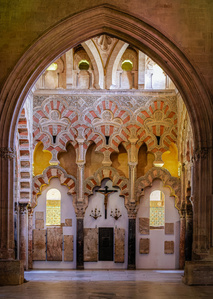

The expansion of Al-Hakam II
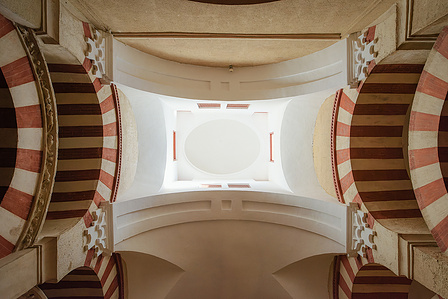
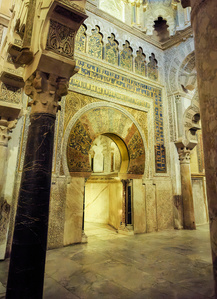
The Mihrab
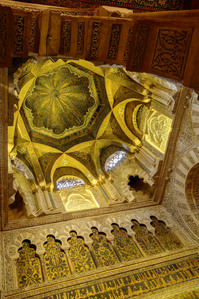
The dome over the bay in front of the Mihrab
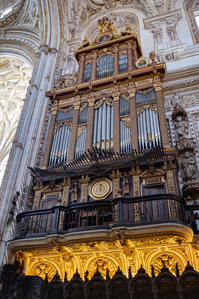
The Organ inside the Grand Mosque of Córdoba
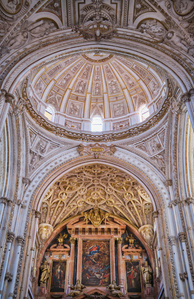
Christian Altar in the Capilla del Sagrario

The roof of the Royal Chapel
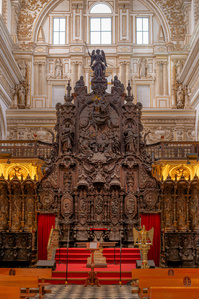
The Episcopal Throne
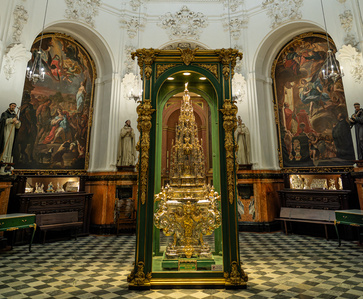
The Chapel of Santa Teresa
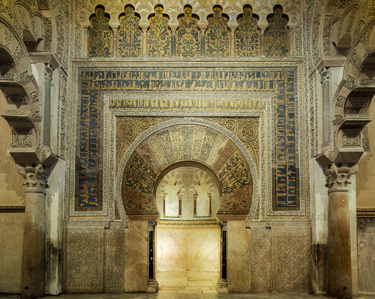
The Mihrab
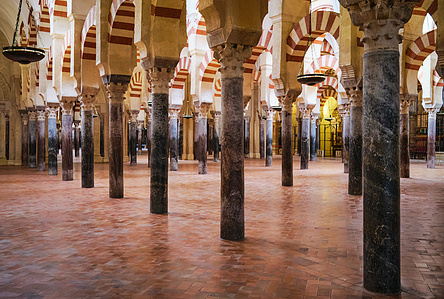
The Horseshoe Arches
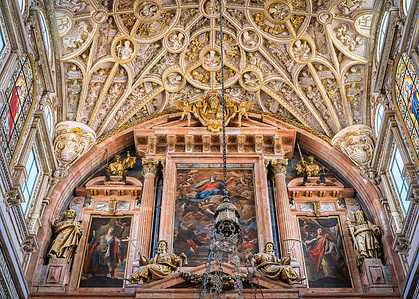
Christian Altar
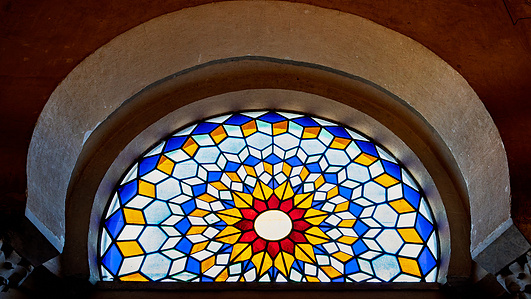
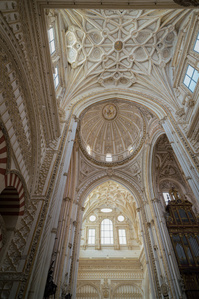
Part of the Main Capel, Transept and Choir
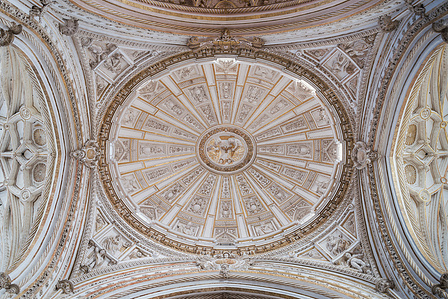
Oval ceiling of the Main Chapel.

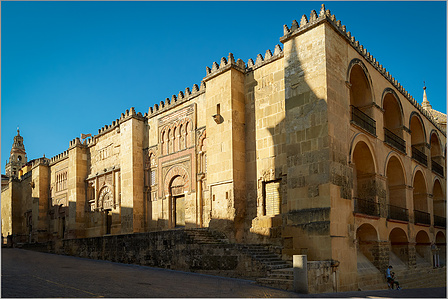
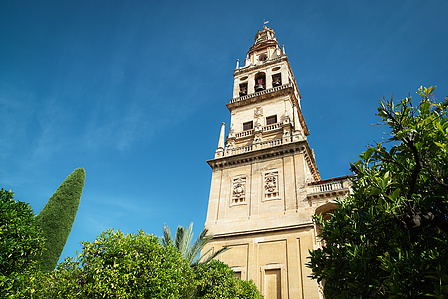
The Bell Tower